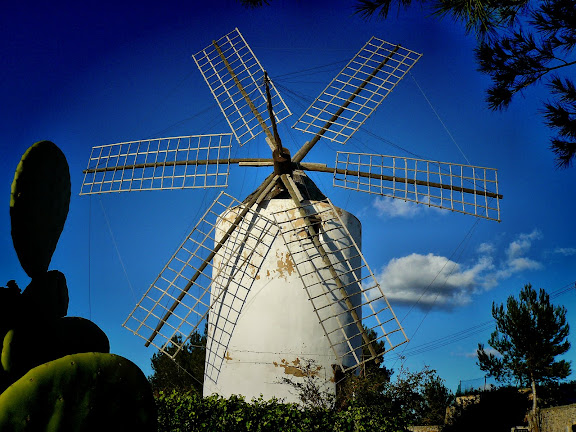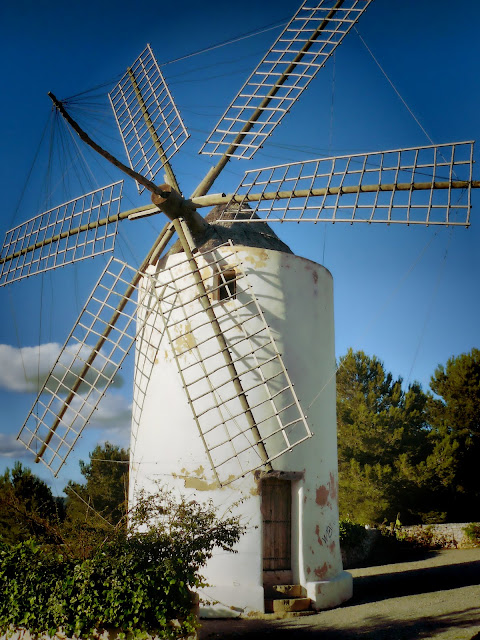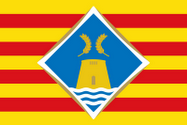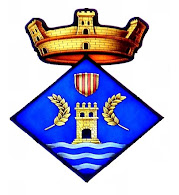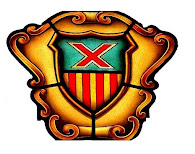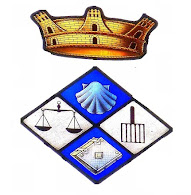
SANT MATEU D´AUBARCA CHURCH
Following the aesthetic canons regarding the rural Ibiza churches, this church Sant Mateu is the strictly enforced. White walls. Although being built in the eighteenth century its use was only religious and not defensive as those of Sant Antoni, Sant Miquel, Sant Jordi and Santa Eulalia that were built much earlier and its use was defensive. A sample of its white walls is the picture above, in which case, you can see that is one of the few churches that has retained its traditional pulpit (already disappeared in many others), and which is now fully disused.
At the center of the altar, the image of Saint Matthew which is held every September 21st. On either side an image of the Virgin Mary and St. Michael. The altar has blue and gold touches. The original was destroyed and probably burned in the civil war of 1936 like many others on the island.
At the back side of the church and contrasts with the pure white walls of this little temple is a small colorful stained glass of St. Matthew, who according to the tradition was evangelist and apostle and before that tax collector, a task that has little to do with the two others. Its iconography is represented by the figure of a winged man.En
Once back to outside we see again the importance of the whitewashed walls, contrasting with black crosses, the Way of the Cross (known as via crucis) and the Calvary (set of three crosses together that exists in all rural churches of Ibiza) which are located on the porch of this church. This porch already belongs to the nineteenth century, and was vital to guard visitors and mass assistants against the bad weather before and after church services, also was an important meeting point for the population as the houses were at very far distance from one each other. This church is a small temple not for its importance but for its simplicity and beauty it is worth pausing a moment and enjoy those whitewashed walls, that one day gave the island the nickname of White Island, in addition to being located surrounded by pine trees, vines, carob trees and a large area of crops typical of the island and of great natural beauty. Not forgetting the wine festival now held early in the month of December due San Mateo is one of the largest producers of both vine and wine of the island.

